Bilva Benefits, dosage, side effects, and how to use?
What is Bilva? Bilva tree, scientifically known as Aegle marmelos, is a sacred and highly revered tree in Hindu mythology and …
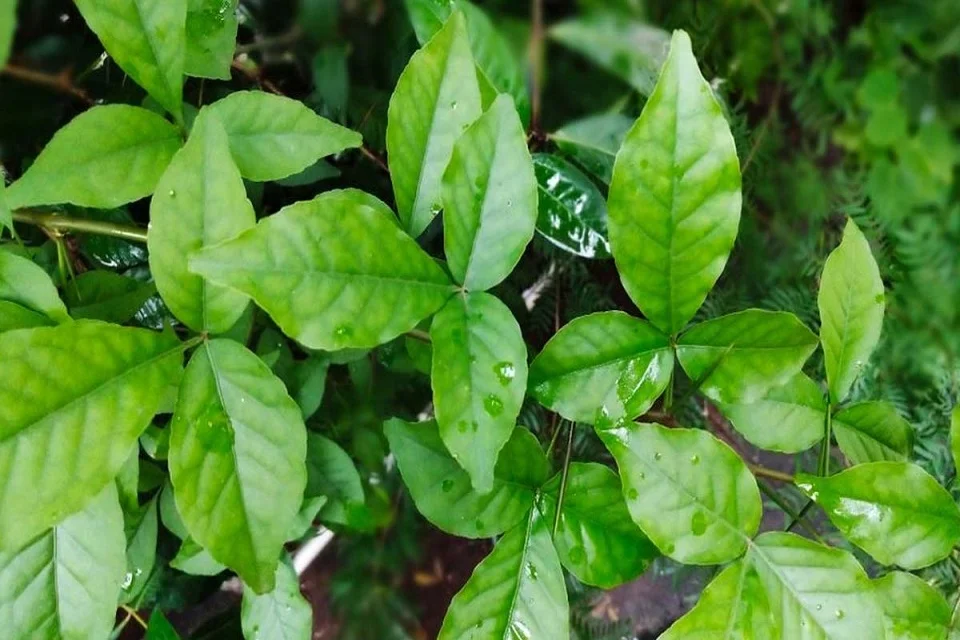
What is Bilva?
Bilva tree, scientifically known as Aegle marmelos, is a sacred and highly revered tree in Hindu mythology and religious practices. It is also commonly referred to as Bengal Quince or Bael fruit. The Bilva tree holds immense religious significance and is often associated with Lord Shiva. It is believed that offering Bilva leaves(Bel patra or Bilva patra) to Lord Shiva can appease him and bring blessings and good fortune to the devotees. The tree is considered to be a symbol of devotion and is often found growing near Shiva temples.
From its nutrient-rich leaves to the medicinal potency of its fruits and roots, Bilva has earned a revered status in addressing diverse health concerns. As we delve into the Ayurvedic intricacies of Bilva, we embark on a journey that reveals nature’s profound therapeutic embrace, showcasing the tree’s vital role in promoting balance and vitality in holistic healthcare.
Bilva in Ayurveda
Bilva is extensively described and vedic literature. Its manidharana is considered as Duhsvapan nashana, Rakshoghna, Rasayana, Prajasthapana, Vishaghna, etc. It is also used for rituals, marriage, etc. Its cosmetic properties are also mentioned in Ancient books. Bilva known as Shivadruma is held sacred by Hindus, leaves are offered in prayers to Shiva & Parvati.
Apart from its religious significance, the Bilva tree also holds great importance in Ayurvedic medicine. Different parts of the tree, such as the leaves(Madhumehahara), Roots(Vatarakta), Stem(Hridrogahara, Jvarahara), and fruits(Apkva-Sangrahi, Pakva-Laxative), are used for various medicinal purposes. The Bilva leaves are known for their anti-inflammatory and anti-microbial properties. They are used in the treatment of digestive disorders, respiratory problems, and skin ailments. The fruits of the Bilva tree are rich in nutrients and have a cooling effect on the body. They are used in the preparation of Ayurvedic medicines for treating gastrointestinal disorders, diabetes, and urinary tract infections. It is one of the ingredients of Dashmoola.
What is the Morphology of Aegle marmelos ?
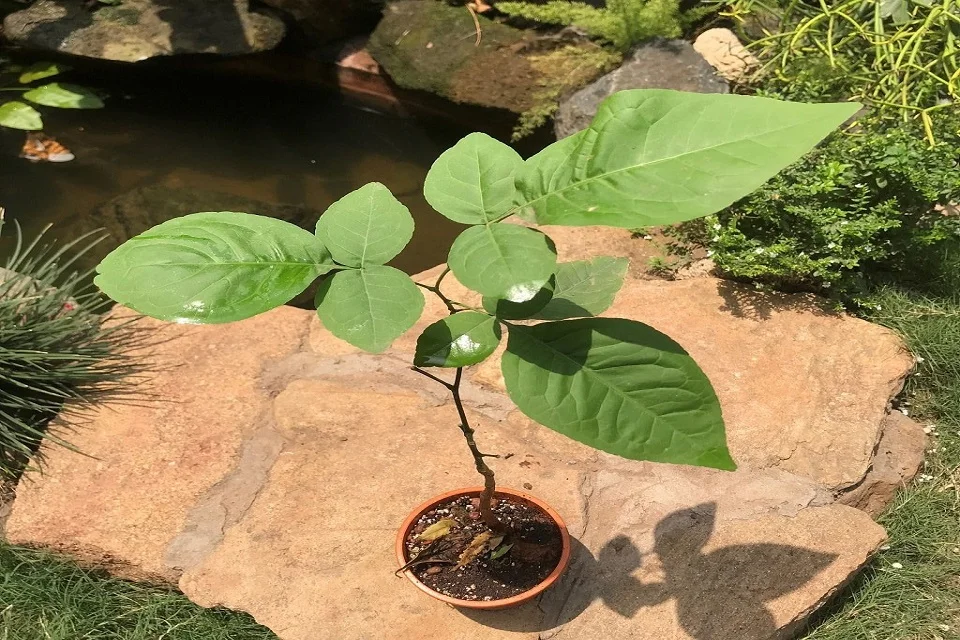
Latin name– Aegle marmelos Carr. (Fam. Rutaceae)
The Bilva tree, scientifically classified as, Aegle marmelos presents itself as a medium to fairly large deciduous and glabrous marvel, reaching heights of 6-7.5 meters with a girth of 90-120 centimeters. Adorned with straight, sharp, axillary spines measuring 2.5 centimeters, its branches contribute to the tree’s distinctive character. The bark, soft and corky, boasts a light grey hue. Bilva leaves, alternating in a trifoliate pattern and occasionally digitately five foliate, display ovate or ovate-lanceolate leaflets that are crenate and acuminate. Large, greenish-white, sweet-scented flowers grace short axillary panicles, while the globose fruits, grey or yellow, feature a woody rind housing numerous oblong seeds enveloped in sacs covered with thick orange-colored sweet pulp. Distributed widely throughout India
Synonyms
Shriphala, Shondilya, Shailush, Malur, Gandhagarbh, Sadaphala, Mahakapittha, granthil, Bel, Kantaki, Atasara
Classical Categorization of Bilva in Samhita
- Charak:Shothahara, Arshoghna, Asthapanopaga
- Sushruta:Varunadi, Ambasthadi, Brihat panchmula
- Vaghbhatta: Varunadi, Ambasthadi
Other/Regional Language Names
- English: Bengal Quince, Bael fruit
- Gujarati: Bill, Bilum, Bilvaphal
- Hindi: Bela, Sriphal, Bel
- Kannada:Bilva
- Kashmiri:Bel
- Malayalam:Koovalam
- Marathi:Bel, Baela
- Oriya:Bela
- Punjabi:Bil
- Tamil:Vilvam
- Telugu:Maredu
- Urdu:Bel
- Assamese:Bael, Vael
- Bengali:Bela, Bilva
Constituents of Aegle marmelos
Marmalosin, tannins, mucilage, fatty oil and sugar, Pectine
Root-xanthotoxin, umbelliferone, parmesan, margin, skimming, etc
Heart wood– furoquinoline, marmesin, ẞ-sitosterol etc.
Leaves-essential oil containing a & ẞ phellandrene, rutin, marmesinin, aegelin, aegelenine, etc.
Ripe fruits-xanthotoxol, marmesin, skimmin etc.
Unripe fruits-marmeline, aegeline, imperatorin, alloimperatorin and xanthotoxol etc.
Rasa Panchak of Bilva
- Rasa:Katu, TIkta, Kashaya
- Guna:Laghu, Ruksha
- Virya:Ushna
- Vipaka:Katu
- Karma: Dipana, Pachana, Grahi, Pittakrit, Vatakaphahara, Balya, Antrabalakarak
References of Bilva in Ayurvedic texts
बिल्वं सांग्राहिकदीपनीय वातकफप्रशमनानाम् ।।
(च० सू० 25/40)
कफानिलहरं तीक्ष्णं स्निग्धं संग्राहिदीपनम् ।
कटुतिक्तकषायोष्णं बालं बिल्वमुदाहृतम् ॥
(सु० सू०: 46/174)
बिल्वः शाण्डिल्यशैलूषौ मालूरश्रीफलावपि ।
श्रीफलस्तुवरस्तिक्तो ग्राही रुक्षोऽग्निपित्तकृत् ।
वातश्लेष्महरो बल्यो लघुरुष्णश्च पाचनः ॥
(भा० प्र०, गुडूच्यादिवर्ग 13)
What are Benefits of Bilva ?
- Bilva Avleha in IBS
- Pravahika
- Agnimandya
- Grahani
- Atisara
- Prameha
- Shotha
- Agnimandya
What is use of Bilva in texts?
- Fruit pulp of Bilva and Madhuka are mixed with sugar and honey and administered with rice water in Pittatisara (Su.Utt.40).
- Paste of unripe fruit of Bilva is given with Sunthi and Guda while patient is on butter milk as diet in Grahani (V.M.).
- Patra juice of Bilva is given along with Trikatu in Kamala (Ch.Chi.16).
How much is the Dose of Bilva as described in ancient texts?
3-6 g of the drug in powder form
50-100ml of Kvatha
10-20 ml of Patra svarasa
What are the Useful Parts of Bel?
Mula (Root), Tvak (Bark), Phala (Fruit), Patra (Leaves)
Properties of Fruit
Ripen fruit
- Sweet, Aromatic, Cooling, Alterative, Nutritive and laxative. (Nadkarni)
- Acrid, Bitter, Sweet, appetizer, Binding tonic, Febrifuge, causes biliousness and removes Vata and Kapha, Good for the heart.(Kirtika & Basu)
Unripen fruit
- Astringent, Digestive, Stomachie, Little constipative (Anti-diarrhea), Stimulant, Antipyretic, Antiscrobutic, Bitter, and Pungent. (Nadkarni)
- Oily, Bitter, Acrid, Sour, Tasty but difficult to digest, Appetizer, Binding, Cures dysentery, removes pain.(Kirtika & Basu)
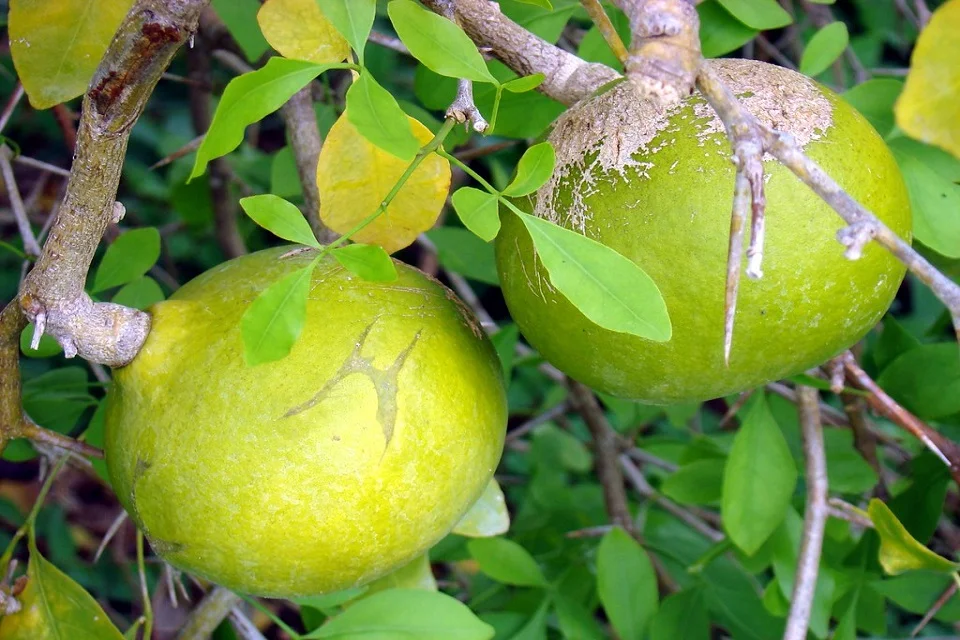
What are the side effects of Bilva?
- Taking too much can occasionally cause stomach issues. Bloating, pain in the abdomen, diarrhea, and constipation.
- Risk of Hypoglycemia as it tends to reduce blood sugar levels
- Side effects are of taking the drug in high doses, under the guidance of qualified vaidya, or in appropriate doses it is safe to consume.
List of formulations of Bel
- Bilva taila
- Bilvadi Churna
- Brihat gangadhar Churna
- Bilvavleha
- Asana Bilvadi taila
- Dashmularishtha
Research of Bilva
- Bilva(Bel) Review
- CVS activity- Aqeucous and alcoholic extracts of leaves caused an increase in amplitude and force of contractions of the frog’s heart similar to those shown by digoxin. Both the extracts stimulated the frog’s heart, as seen from the ECGs (Haravey; 1968).
- Antidiabetic Property-The alcoholic extracts of roots and fruits showed hypoglycaemic activity in albino rats (Dhar et al; 1968).
- The leaf extract reversed all the parameters (altered function of pancreatic beta-cells and acinar cells; coarsening of endoplasmic reticulum in acinar cells and altered secretory function; dilatation of veins, less of usual concentric arrangement of hepatocytes. liver fibrosis and decrease in glycogen content in the liver; thickened kidney tissues and expanded glomerules near normal. The treatment of leaf extract showed improvement in the functional status of pancreatic B-cells. The results indicate the potential hypoglycaemic nature of the leaf extract, helping in the regeneration of a damaged pancreas (Das et al; 1996).
- Effect of leaves is studied in normal and alloxan-induced DM. In normal rabbits, the highest decrease (35.3%) in blood glucose level was recorded with 1 g. equivalent dose after 4 hrs of administration. The hypoglycaemic effect at 12 hrs was moderate but no effect was observed at 24 hrs of drug administration. In diabetic rabbits, the extract produced a significant (P<0.01) antihyperglycaemic effect within 3 days when given at a dose equivalent to 1g. powder/kg/day (Rao et al; 1995)
- The antidiabetic property is also reported by Gupta Bharati (BHU), 1990; Prabhakar B (Hyd.) 1996.
Conclusion
In conclusion, the Bilva tree, a botanical treasure rooted in Ayurveda, unfolds its multifaceted brilliance as a healer and spiritual symbol. From the elegance of its deciduous stature to the sweet-scented allure of its flowers and the nourishing potency of its fruits, Bilva stands as a testament to nature’s therapeutic bounty. Its Ayurvedic properties, addressing ailments from digestive issues to respiratory challenges, underscore the tree’s holistic significance. As we reflect on the diverse attributes and widespread distribution of Bilva throughout India, it becomes evident that this sacred tree not only embodies traditional healing but also symbolizes the enduring connection between nature, health, and spiritual well-being.
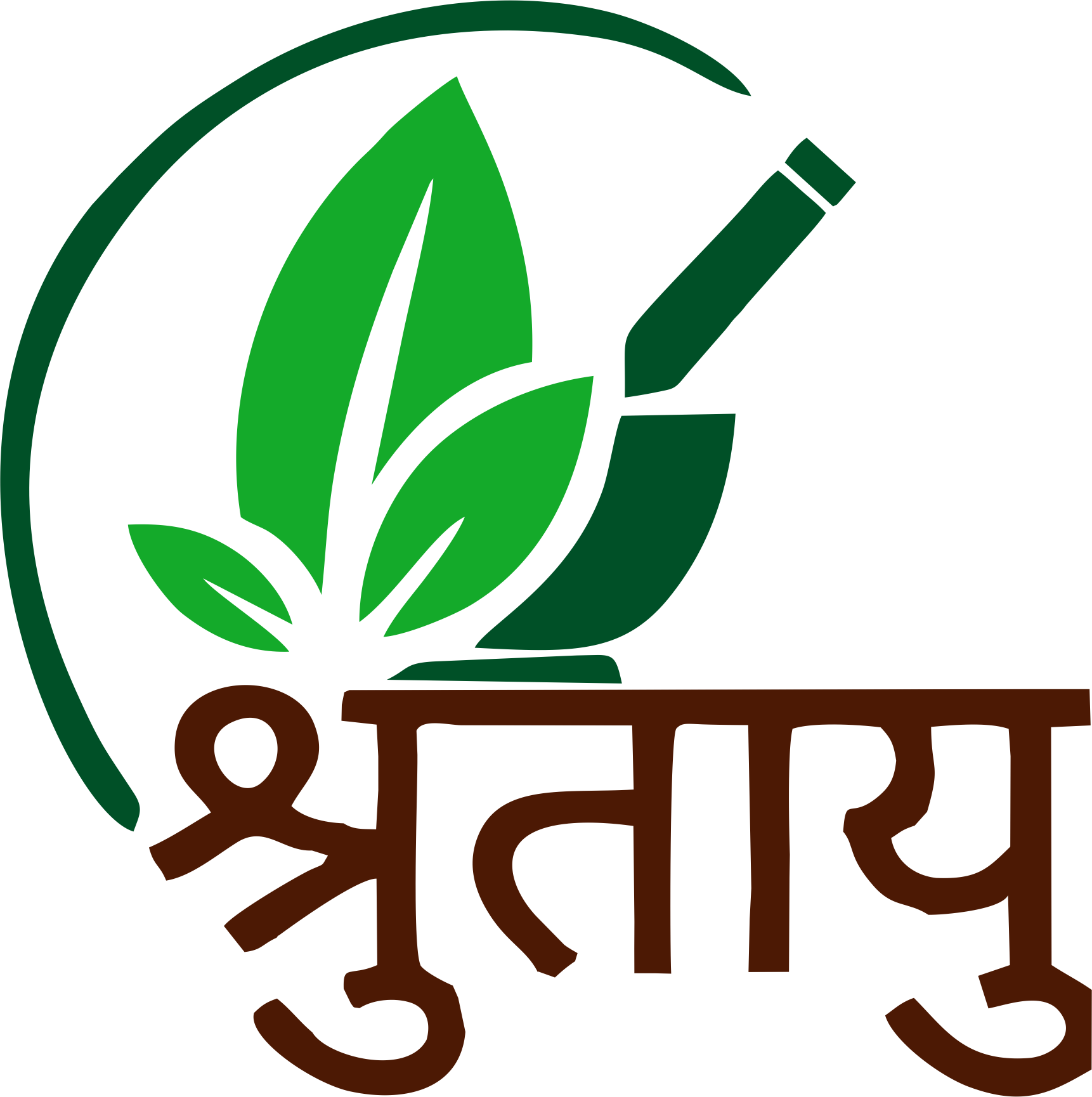



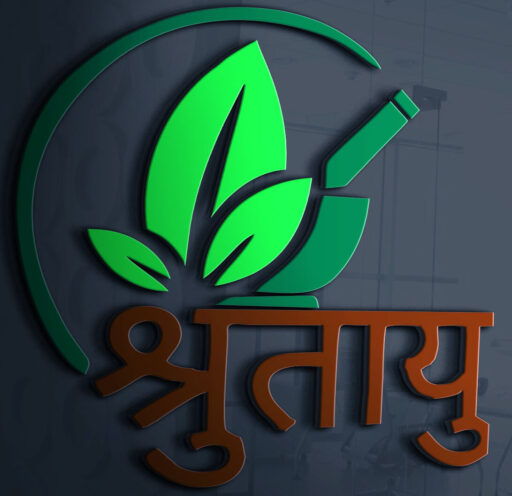



Very informative
Can you give the leaves or powder to dogs? Is there a health benefit for them as well?
Yes, it can be given to dogs but kindly consult you vet before using for any unknown side effects.